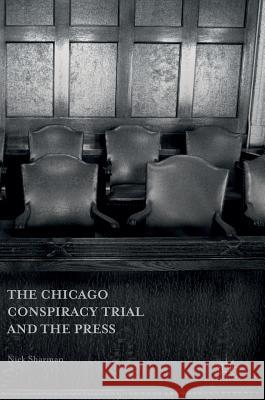The Chicago Conspiracy Trial and the Press » książka
topmenu
The Chicago Conspiracy Trial and the Press
ISBN-13: 9781137573872 / Angielski / Twarda / 2016 / 249 str.
The Chicago Conspiracy Trial and the Press
ISBN-13: 9781137573872 / Angielski / Twarda / 2016 / 249 str.
cena 192,74 zł
(netto: 183,56 VAT: 5%)
Najniższa cena z 30 dni: 191,40 zł
(netto: 183,56 VAT: 5%)
Najniższa cena z 30 dni: 191,40 zł
Termin realizacji zamówienia:
ok. 20 dni roboczych.
ok. 20 dni roboczych.
Darmowa dostawa!
Kategorie BISAC:
Wydawca:
Palgrave MacMillan
Język:
Angielski
ISBN-13:
9781137573872
Rok wydania:
2016
Wydanie:
2016
Ilość stron:
249
Waga:
4.40 kg
Wymiary:
21.0 x 14.8
Oprawa:
Twarda
Wolumenów:
01
Dodatkowe informacje:
Wydanie ilustrowane











